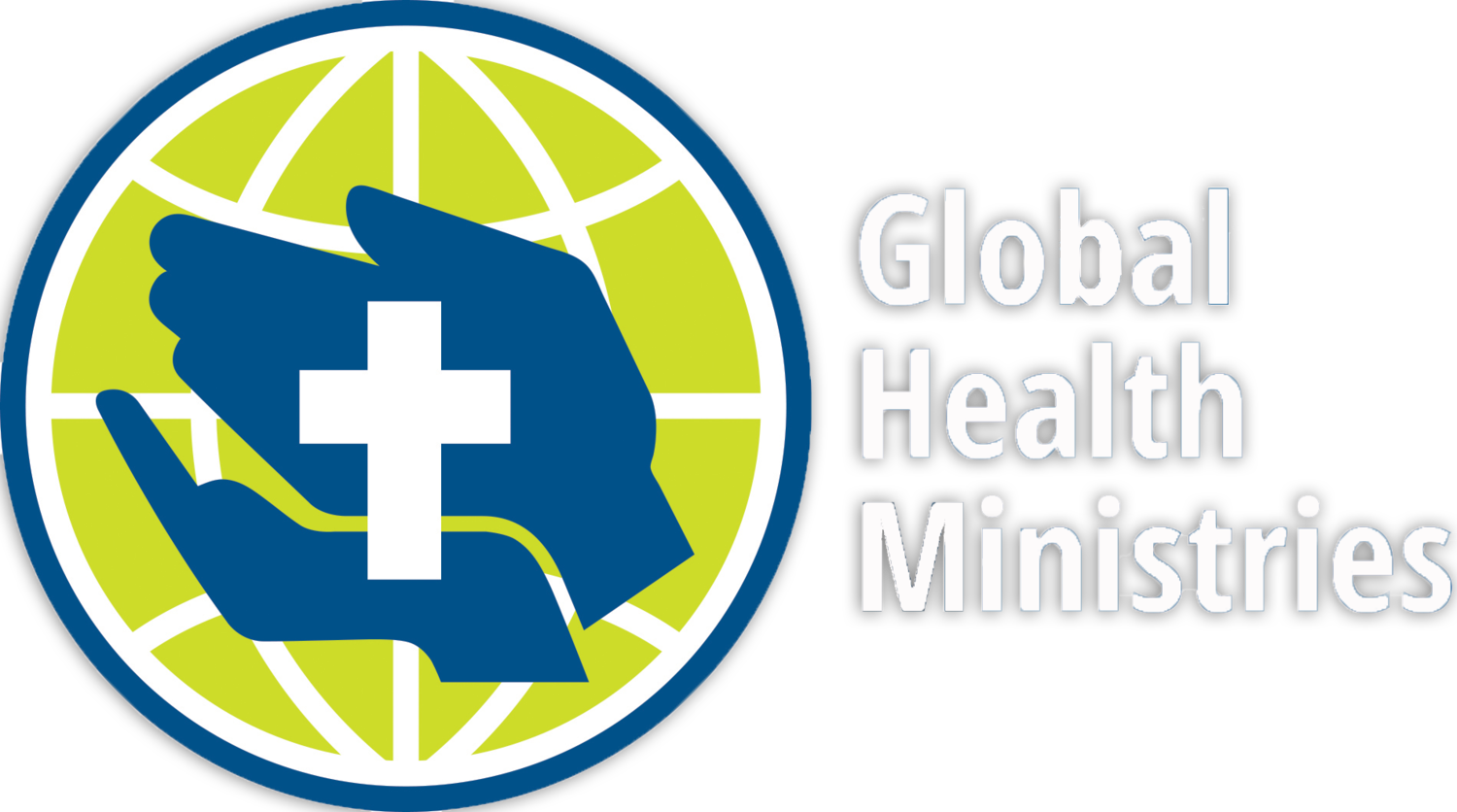Re: 70 dead, 800+ hundred affected by mystery illness in Papua New Guinea?s Morobe Province
Map of Morobe Province.
Menyama district is in lower left hand corner of map

KOME ward
households/people/male/female
-Wailala 25 135 73 62
WAPI Ward
households/people/male/female
Akwanja Ward 144 742 362 380
-Wasukwaka 38 189 100 89
-Akwanja 51 258 117 141........is this Akwanda?
-Wiakopa 55 295 145 150.........is this Wawoka?
Villages that poll in Akwanja are Akwanji, Hozei, Topa
There are a huge number of village names and health stats for Morobe district on this document
http://nchsr.arts.unsw.edu.au/pdf%20reports/International/Morobe%20report.pdf
The Evangelical Lutheran Church in Papua New Guinea, ELC-PNG Lutheran Health Services is divided into three main regions: Morobe Province (Lae), Madang Province, and Western Highlands.
ELC-PNG Morobe Province
Hospitals (2): Braun & ETEP
Health Centres (3): LabLab, Mindik, Wagezaring
Sub-Health Centres (8): Kalasa, Kapo, Makini, Tawa, Tent City, Toroa, Yalumet, Zaka
Aid Posts (18): Ampo, Aronai, Asakumdi, Barum, Bibuai, Buang, Buingim, Bumbu, Giam, Heldsbach, Lalang, Logaweng, Lokep, Mabi, Mandok, Masele, Pinaka, Sirasira
Day or Mobile Clinics (2): Menyamya & Aseki
Map of Morobe Province.
Menyama district is in lower left hand corner of map
KOME ward
households/people/male/female
-Wailala 25 135 73 62
WAPI Ward
households/people/male/female
Akwanja Ward 144 742 362 380
-Wasukwaka 38 189 100 89
-Akwanja 51 258 117 141........is this Akwanda?
-Wiakopa 55 295 145 150.........is this Wawoka?
Villages that poll in Akwanja are Akwanji, Hozei, Topa
There are a huge number of village names and health stats for Morobe district on this document
http://nchsr.arts.unsw.edu.au/pdf%20reports/International/Morobe%20report.pdf
The Evangelical Lutheran Church in Papua New Guinea, ELC-PNG Lutheran Health Services is divided into three main regions: Morobe Province (Lae), Madang Province, and Western Highlands.
ELC-PNG Morobe Province
Hospitals (2): Braun & ETEP
Health Centres (3): LabLab, Mindik, Wagezaring
Sub-Health Centres (8): Kalasa, Kapo, Makini, Tawa, Tent City, Toroa, Yalumet, Zaka
Aid Posts (18): Ampo, Aronai, Asakumdi, Barum, Bibuai, Buang, Buingim, Bumbu, Giam, Heldsbach, Lalang, Logaweng, Lokep, Mabi, Mandok, Masele, Pinaka, Sirasira
Day or Mobile Clinics (2): Menyamya & Aseki




Comment